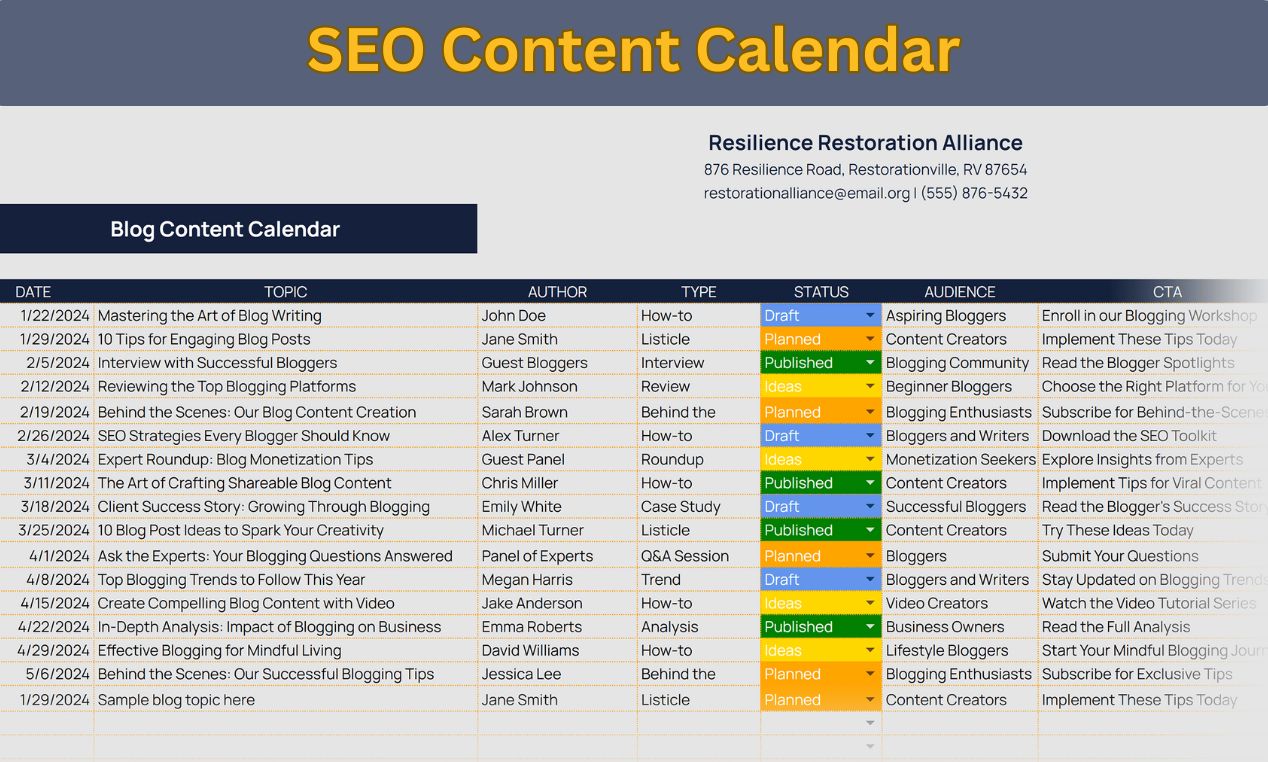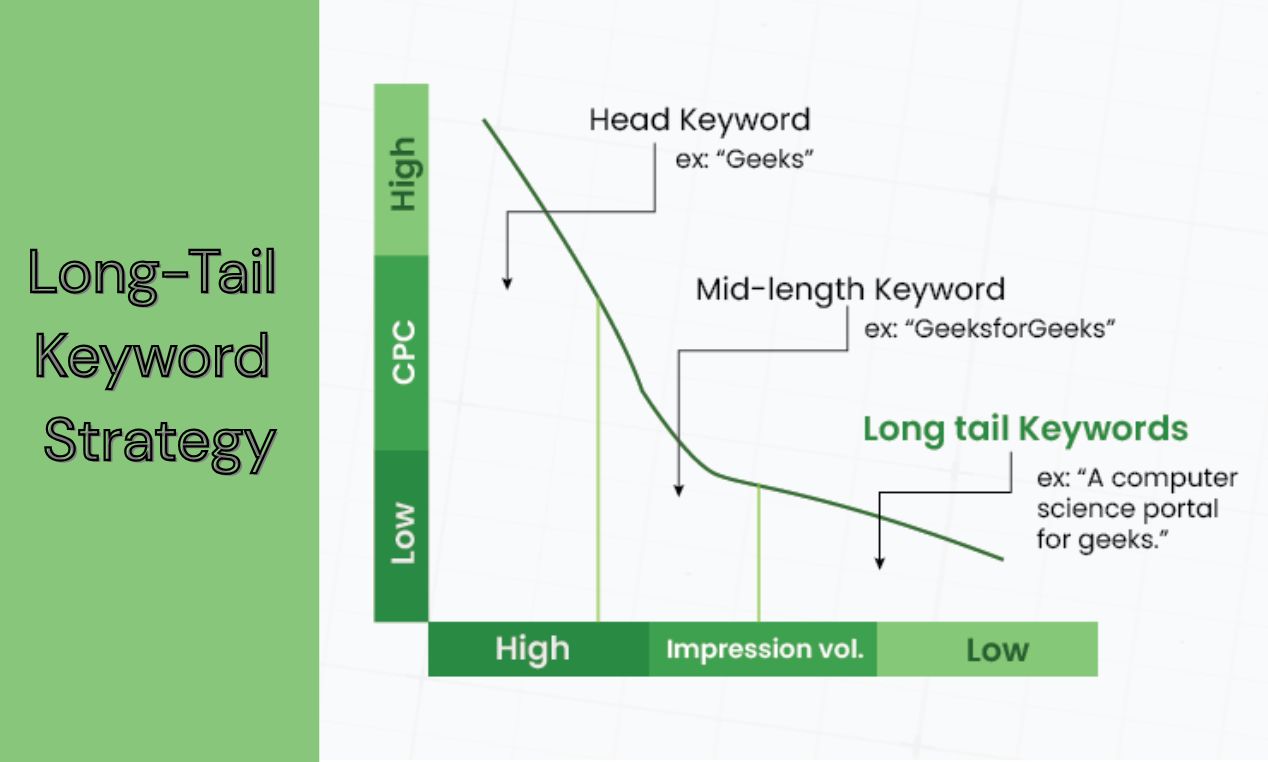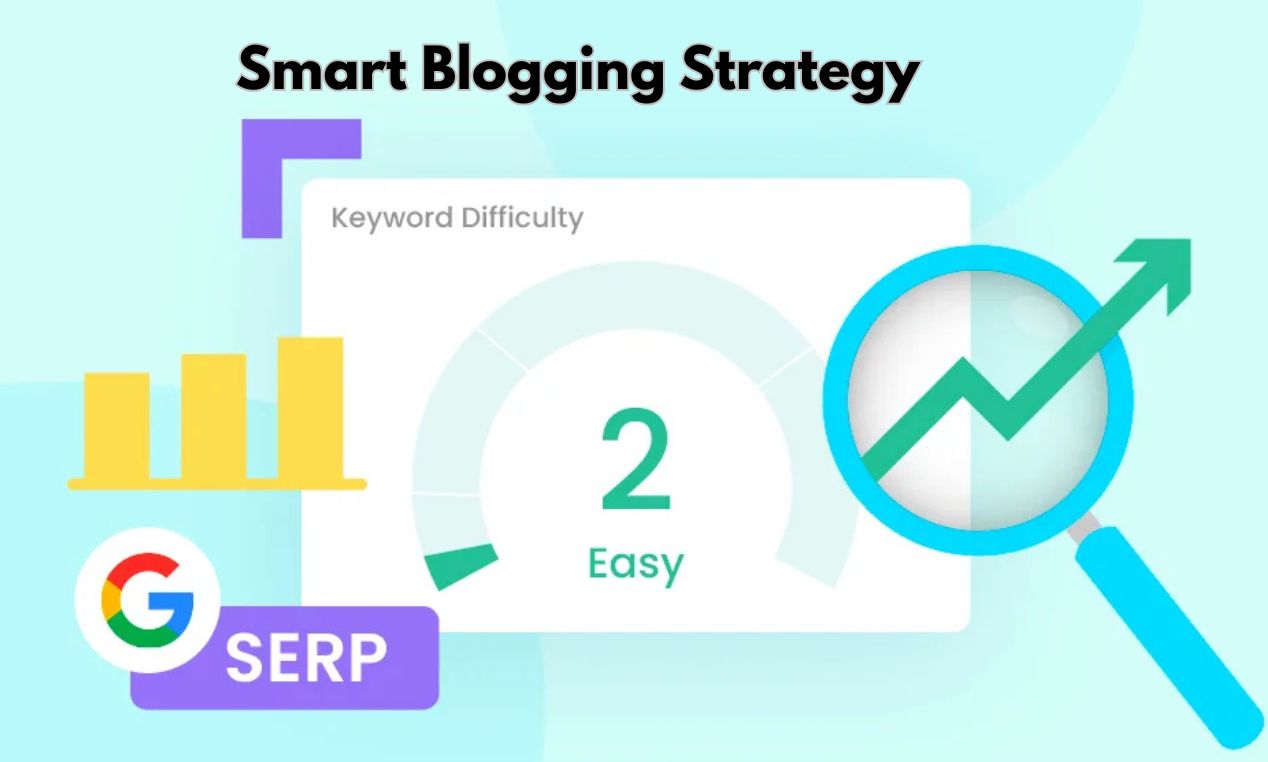If you’ve ever found yourself staring at a blank screen wondering “What should I post next?” you’re not alone. Consistency is one of the hardest parts of blogging. But planning ahead makes it so much easier to stay on track.
That’s where an SEO content calendar comes in. It helps you decide what to write, when to post, and how to stay consistent without stressing every week. In this guide, we’ll break down how to plan 90 days of blog content in a simple, calm, and practical way.
Think of it like building a little roadmap for your blog not something complicated, just a clear plan that keeps you organized and focused.
Table of Contents
SEO Content Calendar
What is a Content Calendar?
Before planning anything, let’s answer a basic question: what is content calendar?
A content calendar is simply a schedule that lists:
- What blog posts you will write
- When each post will be published
- Keywords and topics you will cover
- Any notes or resources you need
It gives direction so you’re not creating in a rush. Even a simple content calendar sample like a spreadsheet or notebook with dates and ideas can work well.
How to Make a Blog Content Calendar?
So, how to make a blog content calendar?
The easiest way is to start with three steps:
- Pick your key topics or categories
- Research keywords for each category
- Assign publishing dates for each post
Don’t overthink this part. Your calendar doesn’t need to be fancy. Use Google Sheets, Notion, or even your phone notes if that feels comfortable.
Create sections like:
- Topic idea
- Main keyword
- Target publish date
- Type of content (guide, list, review, opinion post)
- Notes
Once this structure is ready, filling in ideas becomes much easier.
What is the 80/20 Rule for Blogging?
When planning your 90-day schedule, keep the 80/20 rule for blogging in mind. It simply means:
- 80% helpful, valuable content
- 20% promotional content
So instead of posting only affiliate articles or product content, focus mostly on solving reader problems, answering questions, and offering genuine help.
People trust creators who teach, explain, and guide not just sell.
How Do You Structure a 90 Day Plan?
Now let’s talk about structure: how do you structure a 90 day plan?
Break it into three simple steps:
Month 1 — Build Foundation
Write core “pillar” topics you want your blog to stand on
Example: If your niche is travel guides, planning tips, budget strategies
Month 2 — Support Content
Add related posts linked to those main topics
Example: packing checklists, destination comparisons, travel tools
Month 3 — Growth and Refresh
Add extra posts, update older ones, and optimize internal links
A helpful schedule can look like:
- 2 Pillar posts (in-depth guides)
- 4 Supporting posts
- 2 FAQs / How-to posts
- 2 Refresh/update old posts
That gives you 8–10 posts in 90 days a consistent, realistic pace.
How to Create a Content Calendar with the Right Ideas
A big part of learning how to create a content calendar is finding useful ideas. Try mixing:
- Beginner guides
- Step-by-step tips
- Review or comparison posts
- Real stories or case studies
- FAQ or “common questions” posts
You can also look at competitor blogs, social media questions, and Google’s “People also ask” section for inspiration.
Remember: consistency beats perfection. It’s better to publish regularly than to plan forever.
Content Calendar Sample Ideas
Here’s a quick content calendar sample for one month:
| Week | Post Type | Example |
|---|---|---|
| Week 1 | Pillar guide | “Complete Guide to Budget Travel” |
| Week 2 | Supporting post | “Top Tools for Finding Cheap Flights” |
| Week 3 | FAQ post | “How to Save Money on Hotels?” |
| Week 4 | Update older content | Refresh your first post with new tips |
Repeat this for the next two months with other categories simple and doable.
Conclusion
Planning 90 days of content doesn’t require stress or long spreadsheets. It’s just about knowing your topics, spreading them across weeks, and writing consistently.
To recap:
- Understand your blog categories
- Use the 80/20 approach help more than you promote
- Break your plan into monthly goals
- Mix pillar content, support posts, and quick answers
- Keep your tone natural and helpful
An SEO content calendar keeps your ideas organized and your posting schedule steady. And with a small system in place, blogging feels more peaceful and manageable instead of rushed and random.











